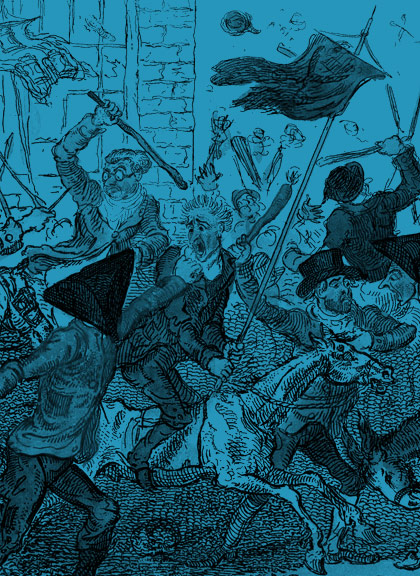From time to time, we will post a brief account of a task we are working on or that we feel will be of broader interest. But we thought we should start with a brief overview of the project and our work to date.
Theatronomics aims to harness the data in the extant financial archives of Covent Garden and Drury Lane (1732–1809) to build a platform for a new generation of eighteenth-century theatre scholarship. There are a number of strands to this ambition. Firstly, we are gathering, collating, and, where possible, scanning the various manuscript account books and ledgers that we can find. We are working with the Folger Library to make available their rich collections related to theatre finance, particularly Drury Lane, on an open-access basis (those related to Covent Garden are largely available through a Gale database). Secondly, we are inputting the financial information into a database and building some analytical tools and data visualizations so that scholars will be able to access the information in a meaningful way. Finally, we are going to use econometric approaches to bring a new level of statistical rigour to the analysis and to think about how we can best use financial data to generate new perspectives on cultural history.
But beneath these broad aims of the project lie several strands of research activity towards some of which I want to point, albeit briefly. We are using and refining the data from the London Stage Database project to build a more detailed picture of the denizens of the theatres royal. If the analysis is to be meaningful, receipts and payments have to be mapped onto individuals, many of whom could not be unambiguously identified in the original coding. So there’s a lot of work in clarifying the identities of the thousands of individuals that appear in the London Stage Database, and then adding the thousands more new individuals that appear in the Biographical Dictionary and in the manuscript records themselves. The scale of the prosopographical work is challenging but vital to showcase just how many eighteenth-century London lives were connected to the theatres.
Related to this is the identification of individual dramatic works. There are two major areas of initial enquiry. Firstly, the practical element of merging the same works that appear under multiple titles in the London Stage (e.g. ‘Henry Vii’ and ‘Henry Vii Or The Popish Imposter’, for instance). Secondly, we are facing tricky decisions on when an adaptation or revision of a work constitutes a new work or remains simply a variant of an existing work.
There is lots of thinking about categorizing data – revenues, costs, and genre, for instance. On the one hand, it’s important that scholars can see the variety of different elements that make up the income and expenditure of a complex commercial operation such as a major theatre; on the other, it’s equally important that they are not mired in unwanted detail that inhibits ready interpretation. We are thinking about how best to organise the revenues and costs of the theatre to enable useful comparison. Theatres using different nomenclature and accounting principles for revenues and costs add another layer of difficulty to this task.
On the question of genre, we envisage the project enabling an unparalleled view of how particular dramatic genres waxed and waned in popularity over our period. We count 101—yes, 101!—generic categories in the Larpent Collection and we are working on how best to group these in a meaningful way to facilitate scholarly enquiry.
These are only some of the current major areas of work by the team. Equally important is the extraction of the financial data from the London Stage Database, supplementing it with figures from the manuscript account books, and thinking through the possibilities of econometric analysis for traditional literary analysis. As the project evolves, we are hoping to do more sophisticated work on exogenous influences on theatre finances such as weather, war, and parliament. But more on all of that in subsequent posts.
David O’Shaughnessy
